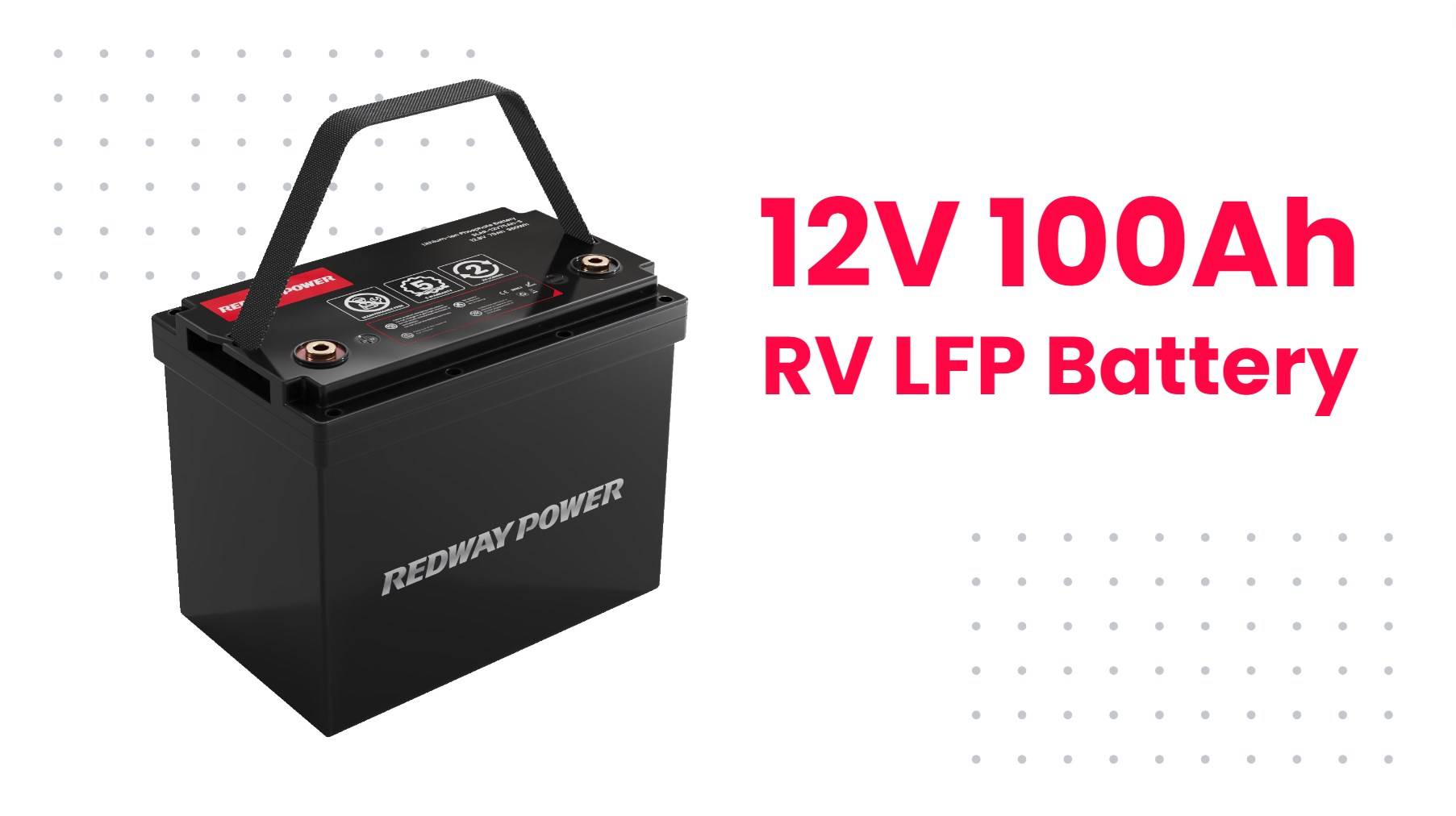
Blog
What Does “DP” Mean in Battery Contexts?

The term “DP” in battery contexts typically stands for “Double Pole,” referring to a type of electrical switch or circuit designed for enhanced safety by isolating both live and neutral wires simultaneously. Understanding this term is crucial for anyone involved in electrical systems and battery technology.
What Does DP Mean in Battery Terminology?
In battery terminology, “DP” primarily refers to “Double Pole,” which indicates a circuit configuration that controls two separate poles or contacts simultaneously. This design enhances safety by allowing both live and neutral wires to be switched off at once, minimizing risks associated with electrical faults.Chart: Comparison of Single Pole vs. Double Pole
| Feature | Single Pole | Double Pole |
|---|---|---|
| Control | One wire | Two wires |
| Safety | Moderate | High |
| Common Use | Light switches | Heavy appliances |
How Is DP Related to Electrical Systems?
DP batteries are integral to electrical systems, particularly in applications requiring reliable power management and safety measures. They ensure that devices can be turned off completely, reducing the risk of electric shock or short circuits.
What Are the Applications of DP in Battery Technology?
DP configurations are widely used in various applications, including:
- Marine vessels utilizing dynamic positioning systems.
- Renewable energy systems where safety and efficiency are paramount.
These applications benefit from the enhanced control and reliability provided by double pole systems.
What Are the Advantages of Using DP Batteries?
The advantages of using DP batteries include:
- Improved safety due to simultaneous disconnection of live and neutral wires.
- Enhanced performance through better load management and reduced risk of faults.
Chart: Advantages of DP Batteries
| Advantage | Description |
|---|---|
| Safety | Reduces risk of electric shock |
| Efficiency | Better load management |
| Reliability | Consistent performance under varying loads |
What Are the Disadvantages of DP Batteries?
Despite their benefits, there are some disadvantages associated with DP batteries:
- Higher complexity can lead to increased installation costs.
- Maintenance may require specialized knowledge or tools.
How Does DP Impact Battery Performance?
The impact of a double pole configuration on battery performance is significant; it allows for more stable operation under varying load conditions, which can enhance overall battery life and efficiency.
What Safety Standards Are Associated with DP Batteries?
Safety standards for DP batteries often align with general electrical safety regulations, including those set by organizations such as Underwriters Laboratories (UL) and International Electrotechnical Commission (IEC). Compliance ensures that installations meet rigorous safety requirements.
Are There Alternatives to DP Battery Systems?
Alternatives to traditional double pole battery systems include single pole configurations or newer technologies like solid-state batteries that may offer different advantages depending on specific application needs.
What Are the Key Features of DP Battery Systems?
Key features include:
- Dual circuit control for enhanced safety.
- Compatibility with various electrical systems.
These features make them suitable for diverse applications requiring reliable power management.
How Do DP Batteries Compare to Traditional Batteries?
DP batteries generally offer improved safety and performance compared to traditional single pole batteries. However, they may come at a higher cost due to increased complexity.
What Maintenance Practices Are Recommended for DP Batteries?
Recommended maintenance practices include:
- Regular inspections for wear or damage.
- Ensuring connections are tight and corrosion-free.
These practices help maintain optimal performance and extend battery life.
Expert Views
“Understanding the implications of ‘DP’ in battery technology is vital for ensuring both safety and efficiency,” states Dr. Emily Carter, an electrical engineering expert. “As technology evolves, so too must our approaches to battery management.”
FAQ Section
- What does “DP” stand for in batteries?
- It stands for “Double Pole,” indicating a type of electrical switch that controls two contacts simultaneously.
- Are double pole batteries safer than single pole ones?
- Yes, they provide enhanced safety by allowing both live and neutral wires to be disconnected at once.
- What applications commonly use DP batteries?
- They are used in marine vessels, renewable energy systems, and other applications requiring reliable power management.
What does DP mean in electrical terms?
In electrical terms, DP stands for Double Pole. A double pole switch or breaker can control and isolate two separate electrical circuits or lines—typically both the live and neutral wires—at the same time. This allows for increased safety and the ability to disconnect entire circuits, which is especially useful for high-power appliances or systems that require full isolation during maintenance or emergencies.
What does DP mean for input?
For input, DP still refers to Double Pole input. This means a switch, contactor, or breaker connects or disconnects both sides of a circuit simultaneously when toggled. In practical terms, DP input ensures both the active (live) and neutral (or two different phases) are safely controlled together, providing comprehensive isolation and enhancing overall electrical safety in devices and installations.
What does DC stand for on a marine battery?
In the context of a marine battery, DC stands for Deep Cycle. Deep cycle batteries are specifically designed to provide a steady current over a long period, allowing repeated charging and discharging without significant capacity loss. Unlike starting batteries, which give short, high-current bursts to crank engines, deep cycle batteries power trolling motors, electronics, and appliances on boats for extended durations.
What is the meaning of PP in battery?
When used in a battery context, PP refers to Polypropylene. Polypropylene is a tough, chemical-resistant plastic commonly used to make battery cases. It offers superior protection against impacts, moisture, and harsh environmental conditions, ensuring the battery’s internal components remain safe and functional. PP cases are standard in automotive, marine, and deep cycle batteries for durability and longevity.




